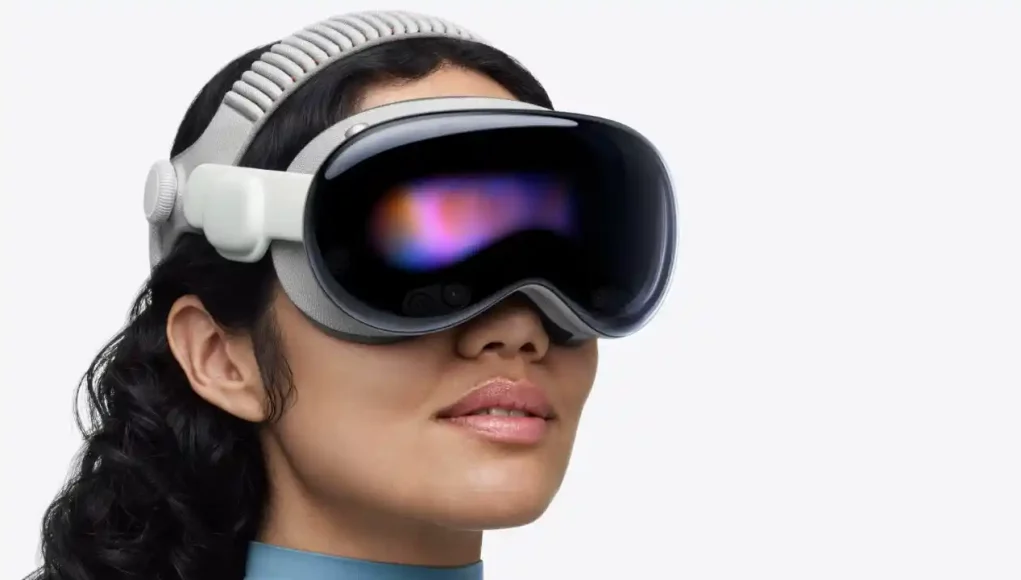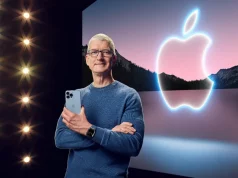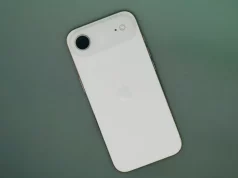Apple’s long-rumored lightweight Vision headset still isn’t here, but fans of spatial computing have something new to play with. The company has quietly refreshed its flagship Apple Vision Pro with the powerful new M5 chip and a redesigned Dual Knit Band for extra comfort — setting the stage for more immersive software and gaming experiences.
When Apple unveiled Vision Pro in June 2023, it was seen as an ambitious, if slightly heavy, take on mixed reality. The headset officially launched in February 2024 with the M2 processor, and since then, the hardware has remained unchanged — until now.
In step with the new M5-powered 14‑inch MacBook Pro and iPad Pro, Apple has given the Vision Pro a welcome upgrade. The headset now packs the same M5 processor under the hood, delivering stronger performance and a smoother experience across visionOS 26. Apple also promises the refreshed Dual Knit Band offers greater comfort for longer sessions.
“With the breakthrough performance of M5, the latest Apple Vision Pro delivers faster performance, sharper detail throughout the system, and even more battery life,” said Bob Borchers, Apple’s Vice President of Worldwide Product Marketing. “Paired with the comfortable Dual Knit Band, new features in visionOS 26, and all-new Apple Immersive experiences in adventure, documentary, music, and sports, spatial computing is even more capable and magical than ever.”
The evolving Vision platform
Apple Vision Pro marked Apple’s entry into the world of spatial computing with the debut of visionOS — a foundation that could one day lead to the company’s much-rumored AR glasses, informally dubbed “Apple Glass.”
Unlike traditional VR or AR devices, Vision Pro blends both worlds. Users see two ultra-high-resolution displays projecting a 3D passthrough of their environment, creating a mixed reality experience that can easily transition into a fully immersive view. With a quick toggle, you can go from viewing virtual productivity tools floating in your office to exploring places like Yosemite or Mount Hood in lifelike detail.
Interaction remains intuitive — navigation is controlled mostly by your eyes and taps, with Siri integration for hands-free actions. While apps built for the original M2 model ran without issue, the new visionOS 26 introduces features like spatial widgets, real-time environments, and more demanding VR gaming — areas where the M5 chip’s added power will make a big difference.
Interestingly, while early rumors pointed to a new R2 sensor chip, Apple clarified that the updated Vision Pro still uses the R1 processor to handle camera, sensor, and microphone input from its 12 cameras, five sensors, and six microphones.
Release and pricing
Apple confirmed that the M5-powered Vision Pro is available to demo starting today, with pre-orders open now. The base model still starts at $3,499, and the headset officially lands in stores on October 22, 2025.
The lightweight Vision headset might still be on the horizon, but this spec bump ensures Apple’s premium spatial computer stays ahead of the curve — and even more comfortable to wear while doing it.










